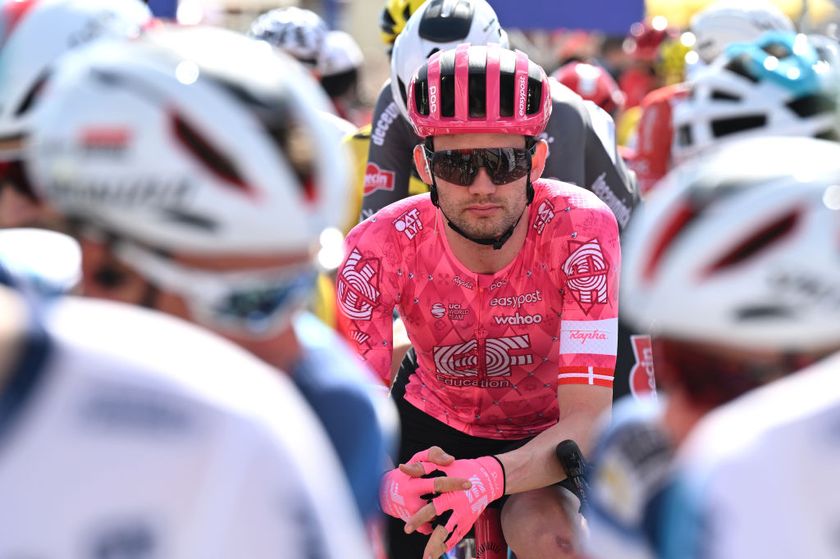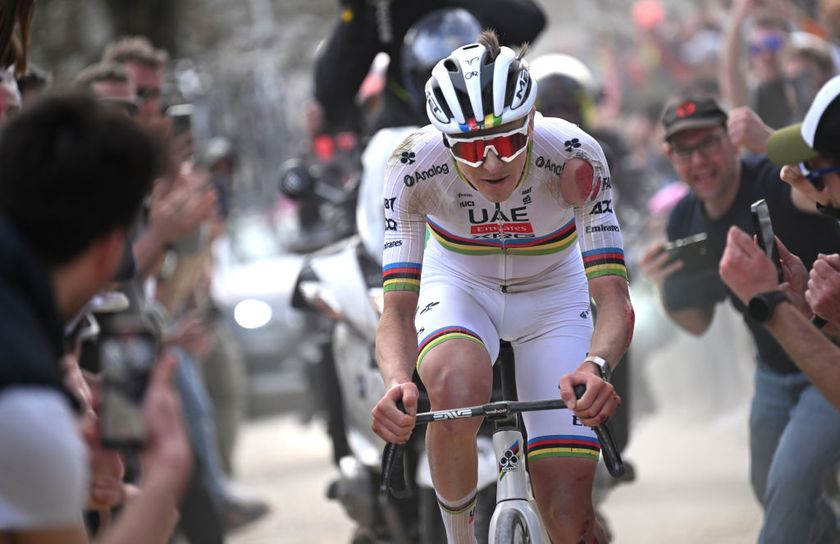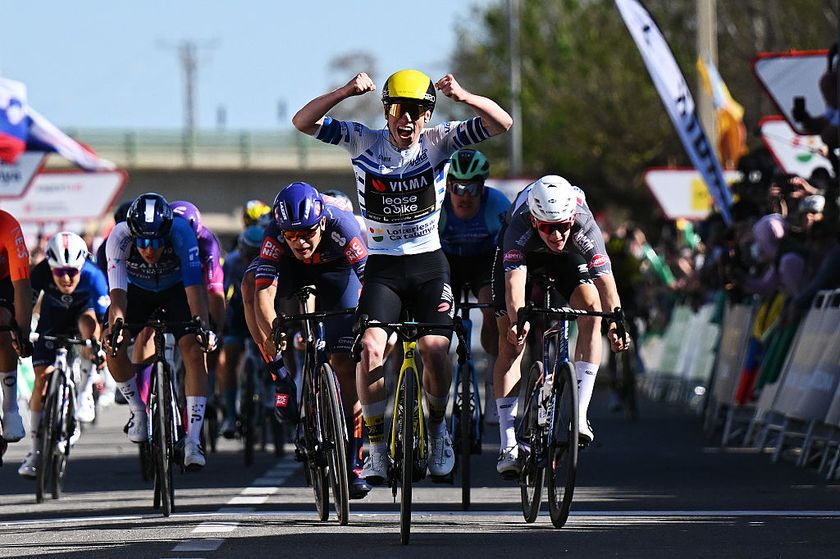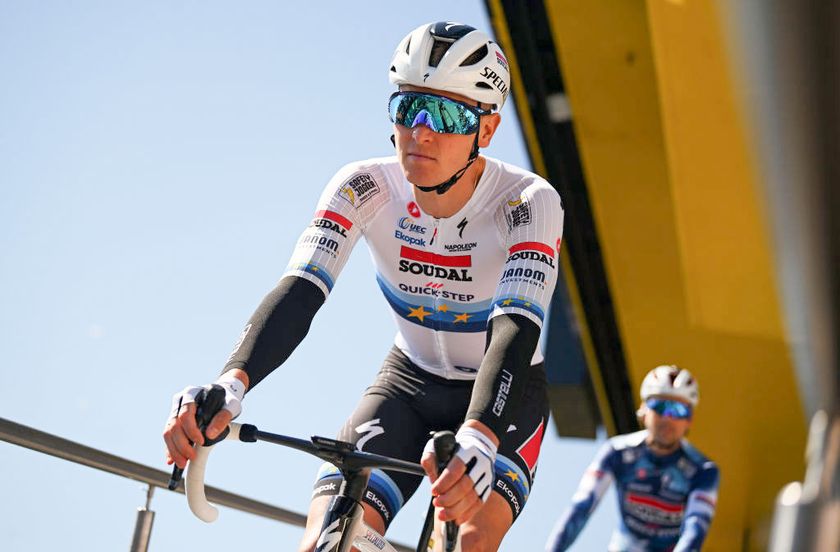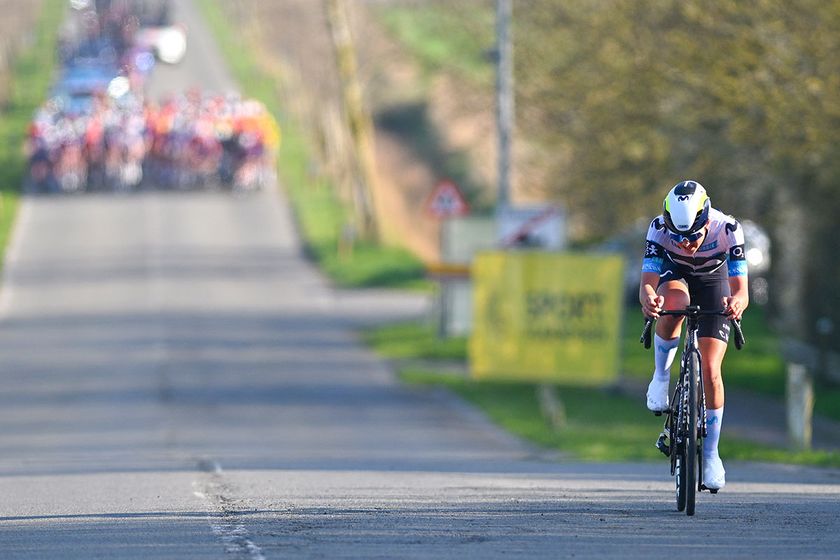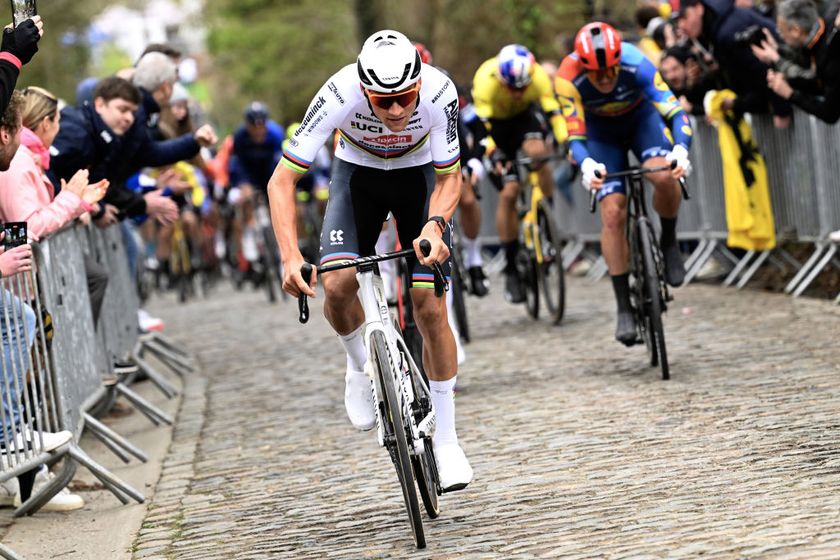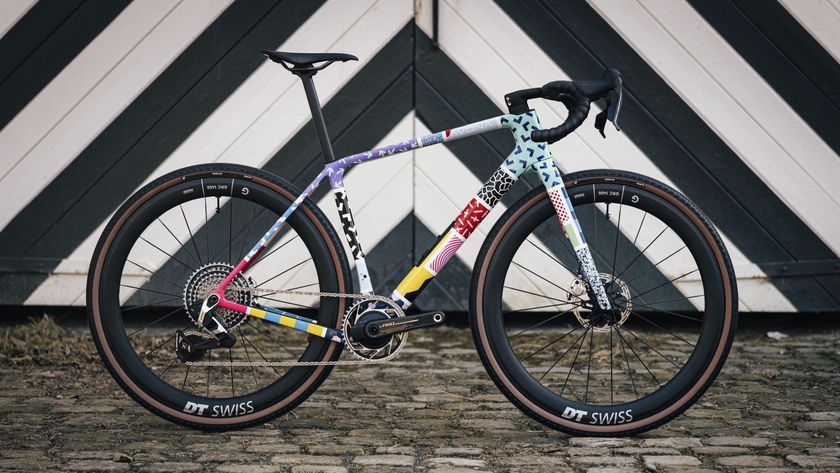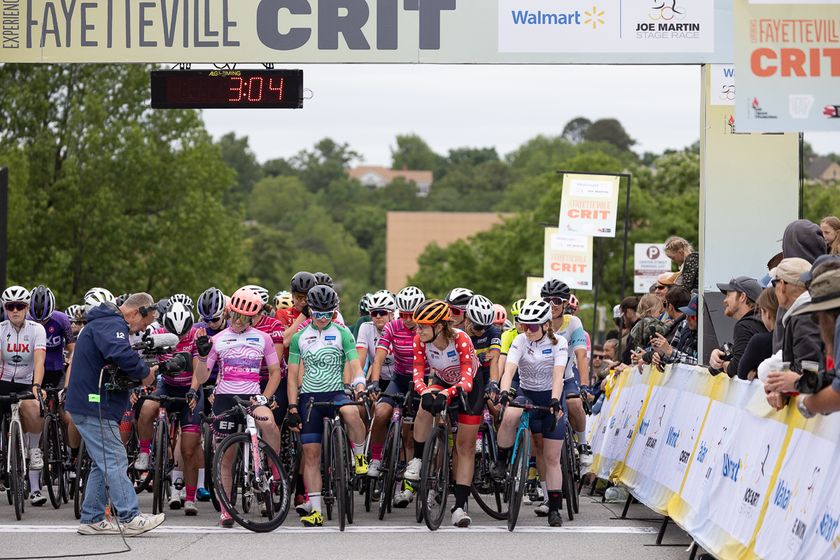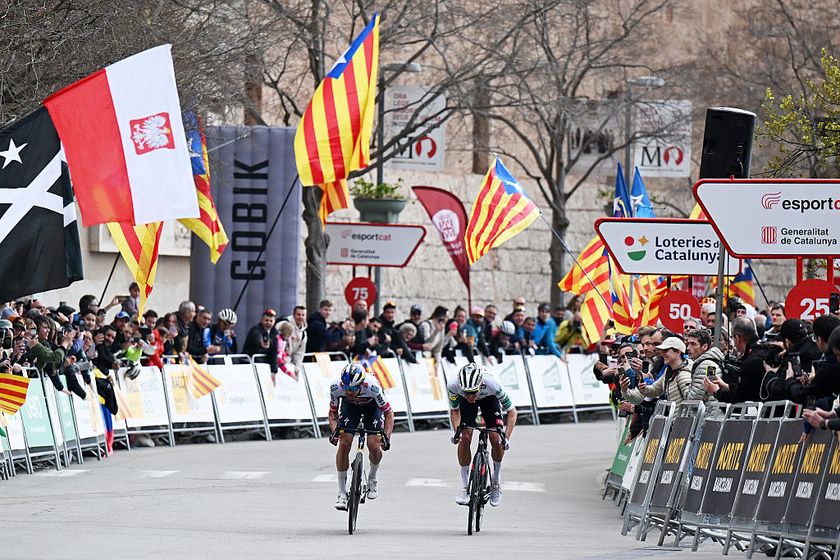Report: Further suspect samples for Armstrong in 1999 Tour
UCI concluded tests showed no systematic doping use





Lance Armstrong returned test samples with traces of corticosteroids four times during the 1999 Tour de France, not just once as previously reported. An internal UCI memo shows the four positive as occurring on July 4, 14, 15 and 21, according to Het Nieuwsblad.
All of the doping controls are said to have shown traces of triamcinolone acetonide.
At the time, Armstrong produced a back-dated TUE which allowed him to use the corticosteroid for a saddle sore. In his doping confession earlier this year he admitted to having illegally used the product. The TUE had been prepared by team doctor Luis Garcia Del Moral, who has also been named in the Armstrong doping case.
The internal UCI memo, prepared by UCI attorney Philippe Verbiest, lists the results for 12 doping controls for Armstrong during the race. He concluded that the UCI acted on good faith, as the quantities found were minimal, although apparently large enough to not be considered a negative test. The UCI therefore found that it was "likely that it was indeed an ointment and not a prohibited systematic use."
The UCI has yet to respond to Cyclingnews for comment.
Copy of internal document
Confidential & privileged
Get The Leadout Newsletter
The latest race content, interviews, features, reviews and expert buying guides, direct to your inbox!
Internal note on the 1999 corticosteroids results
1.
It is difficult to look at this case without hindsight.
Yet I think one has to accept that the UCI anti-doping commission dealt with the case in a reasonable way and that it was convinced in good faith to have acted correctly.
It is plausible that it was only a skin cream indeed and that the only « problem » is article 43 rather than a possible forbidden systemic use.
The test results were seen and still can be seen as showing that no systemic use took place. If the corticosteroids had been injected then Del Moral must have known that the substance was likely to show up regularly during the Tour. He then could have delivered a prescription or a certificate that LA had been administered an intra-articular injection for corticosteroids, which is not forbidden either.
2.
I think that the following factors can have played a role.
2.1
Until the 1999 Tour de France there had been no testing for corticosteroids. Riders, teams and team doctors didn’t have to bother about mentioning corticosteroids or medicines containing them at doping controls.
This all of a sudden changed : the testing for corticosteroids was announced to the riders only a couple of days before the start of the Tour.
For me it is possible that if LA was using a skin cream indeed – as is most plausible in view of the test results – he didn’t consider a skin cream as a medicine that had to be declared at doping control. He declared to the press on 21 July 1999 that he didn’t know he needed a medical prescription for a skin cream. According to an article in Le Monde dated 23 July 1999 LA declared that using a skin cream is not taking something. (On its website WADA warns athletes that skin creams and eye-drops can cause positive results which indicates that athletes may not be aware of that or do not consider these as medicines – some consider only medicines taken orally or by injection as medicines).
2.2
The two certificates by Del Moral show that the team didn’t know how to deal with the requirement of the list on how the use of corticosteroids was to be justified.
The certificate dated 3 July 1999 states that LA used the cream on 2 and 3 July. The certificate dated 11 July states that LA used the cream on 10 and 11 July.
Afterwards and until the end of the Tour LA mentioned the use of triamcinolone and referred to these certificates.
These certificates are not real prescriptions. They only confirm that the cream has been used. Most probably Del Moral gave the skin cream to LA without issuing any medical prescription. It was accepted however that the statements by Del Moral medically justified the continued use of the skin cream for treating saddle sore during the rest of the 1999 Tour.
3.
The issue of article 43 was raised specifically in Libération of 22 July 1999. I wrote a letter to the journalist, Jean-Luis Le Touzet. He didn’t answer to that letter and to my knowledge Libération didn’t come back on the issue.
4.
As fare as I am aware only the result of 4 July has become public in the press, not the three other results.
Ph. Verbiest
22 Januari 2013
